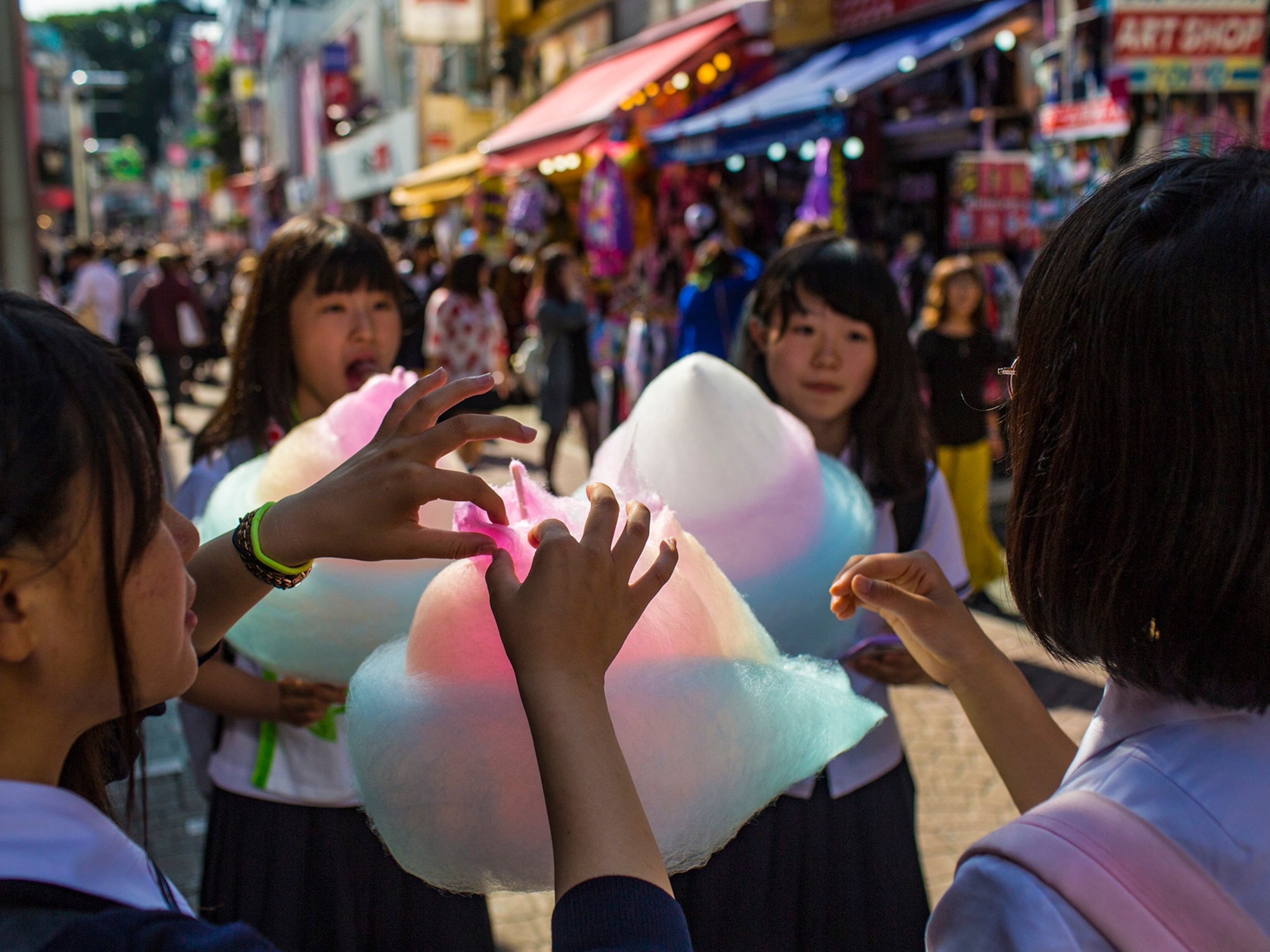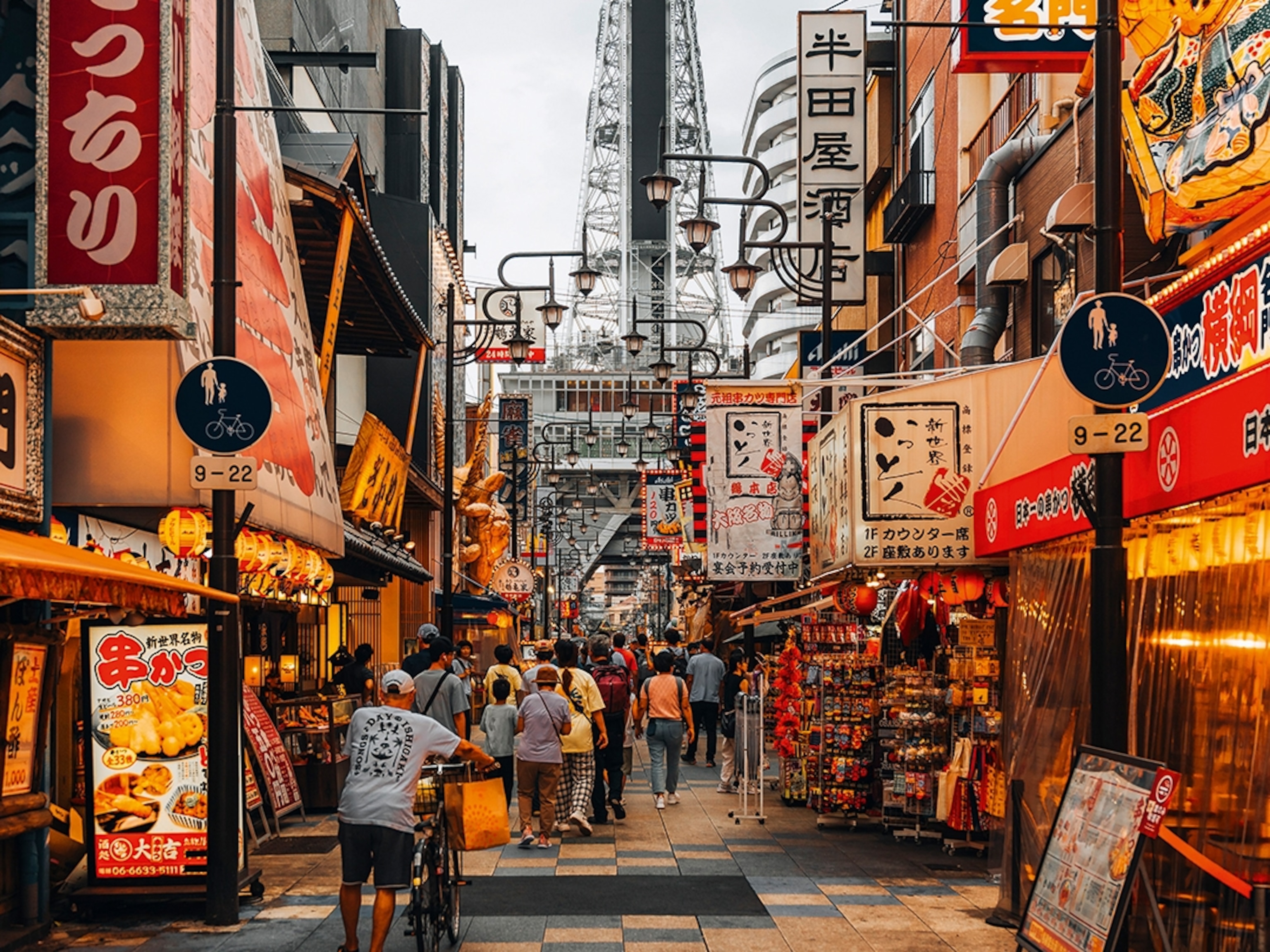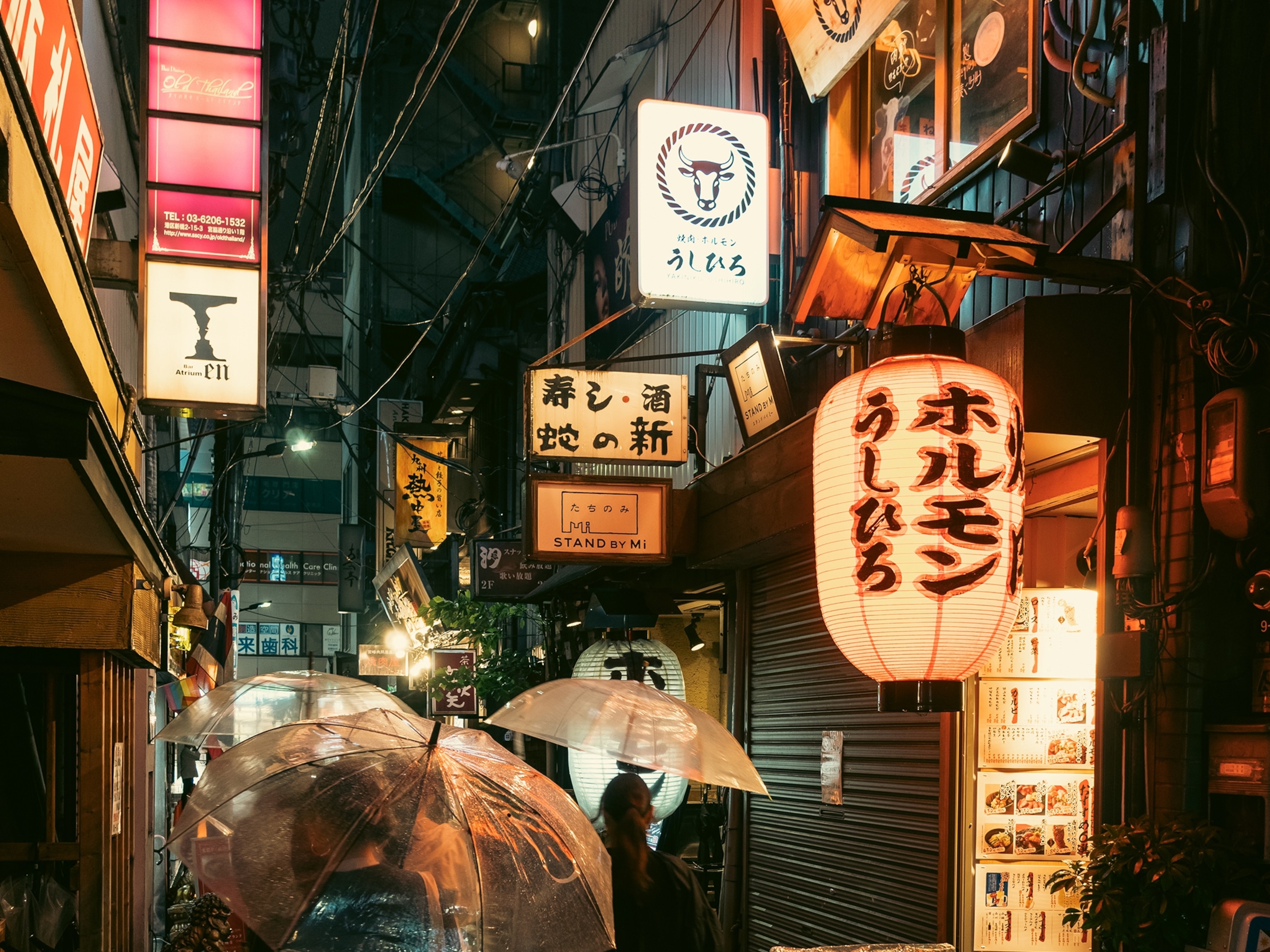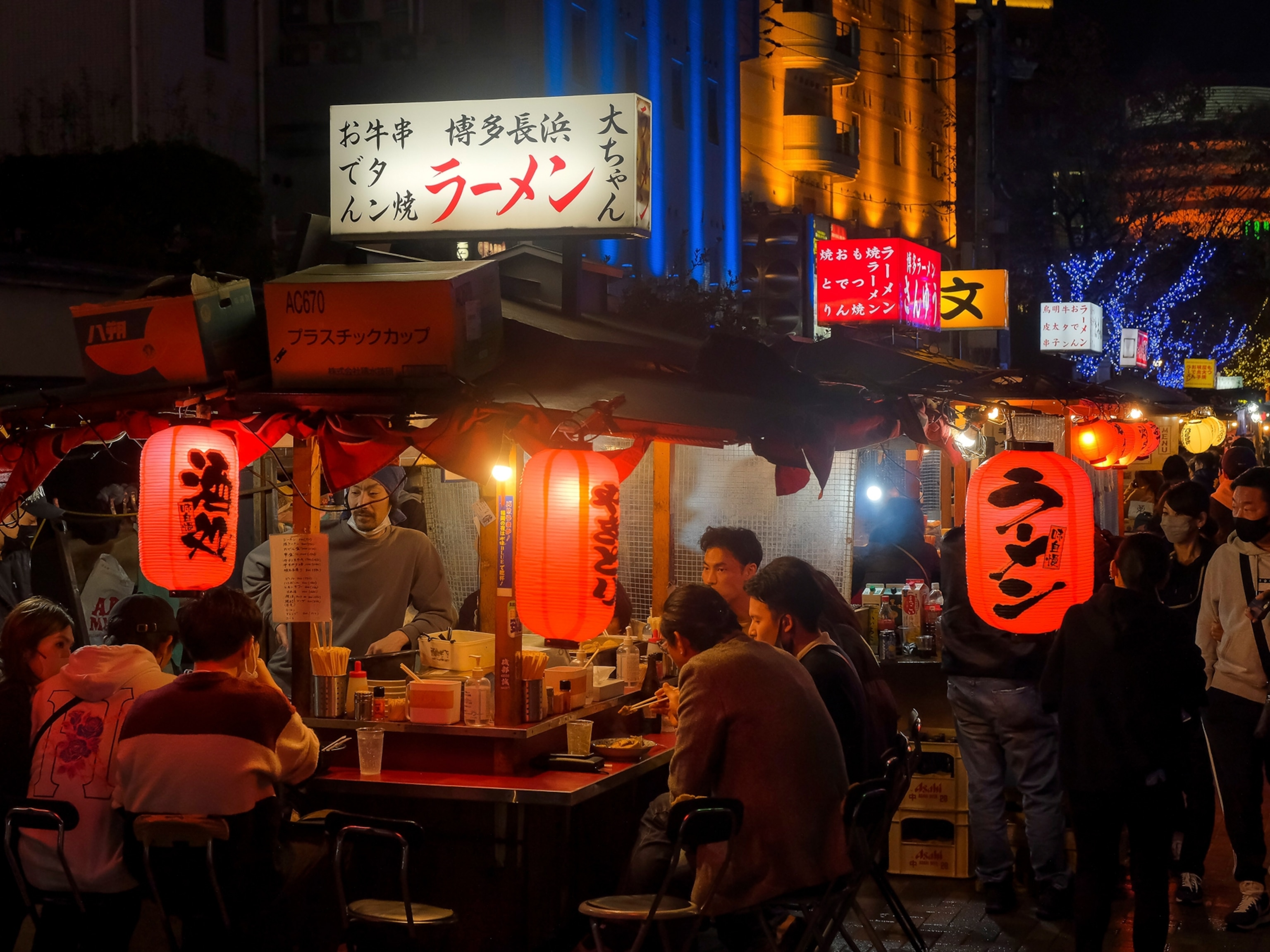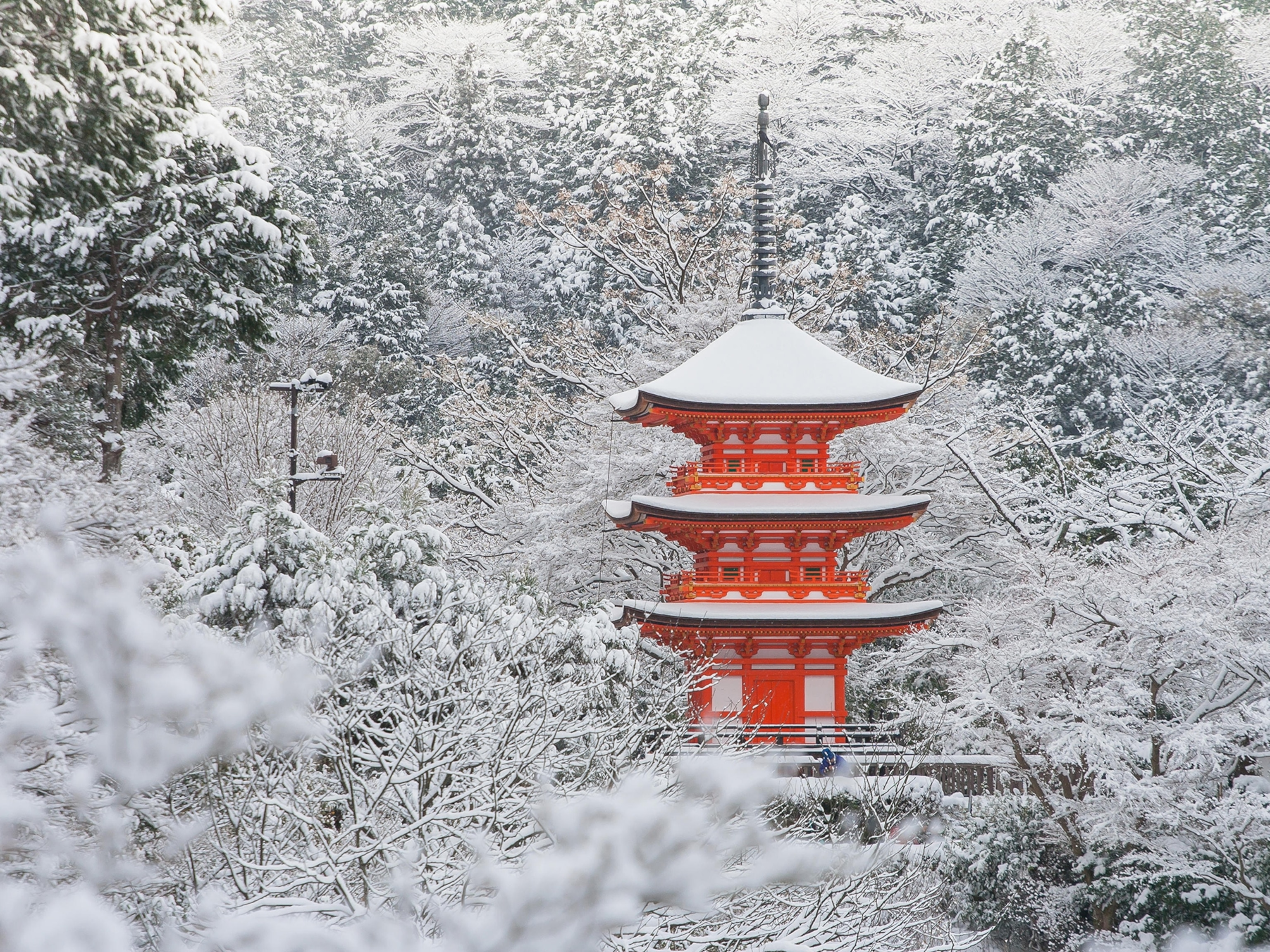Some of the nicest gardens in Tokyo are hidden behind hotels
Cherry blossoms, history, waterfalls, and more await travelers in these not-so-secret gardens.

When searching for urban hotels, “includes garden” is not one of the typical search attributes. After all, when that city happens to be Tokyo, by many accounts the world’s most populous metropolitan area, a hotel with a garden seems impossible to find. However, you’ll be pleased to know there are a number of hotels that come with their own green spaces, some of which date back hundreds of years.
1. Popular for cherry blossoms since the Edo period
Closest metro station: Gotanda
Even back in the Edo period (1603CE-1867CE), the hillside adjoining present-day Tokyo Marriott Hotel was popular for its sakura, or cherry blossoms. Perhaps as one consequence of that, Iemitsu Tokugawa, the third shogun of the ruling Tokugawa dynasty, had a palace built there in 1636.
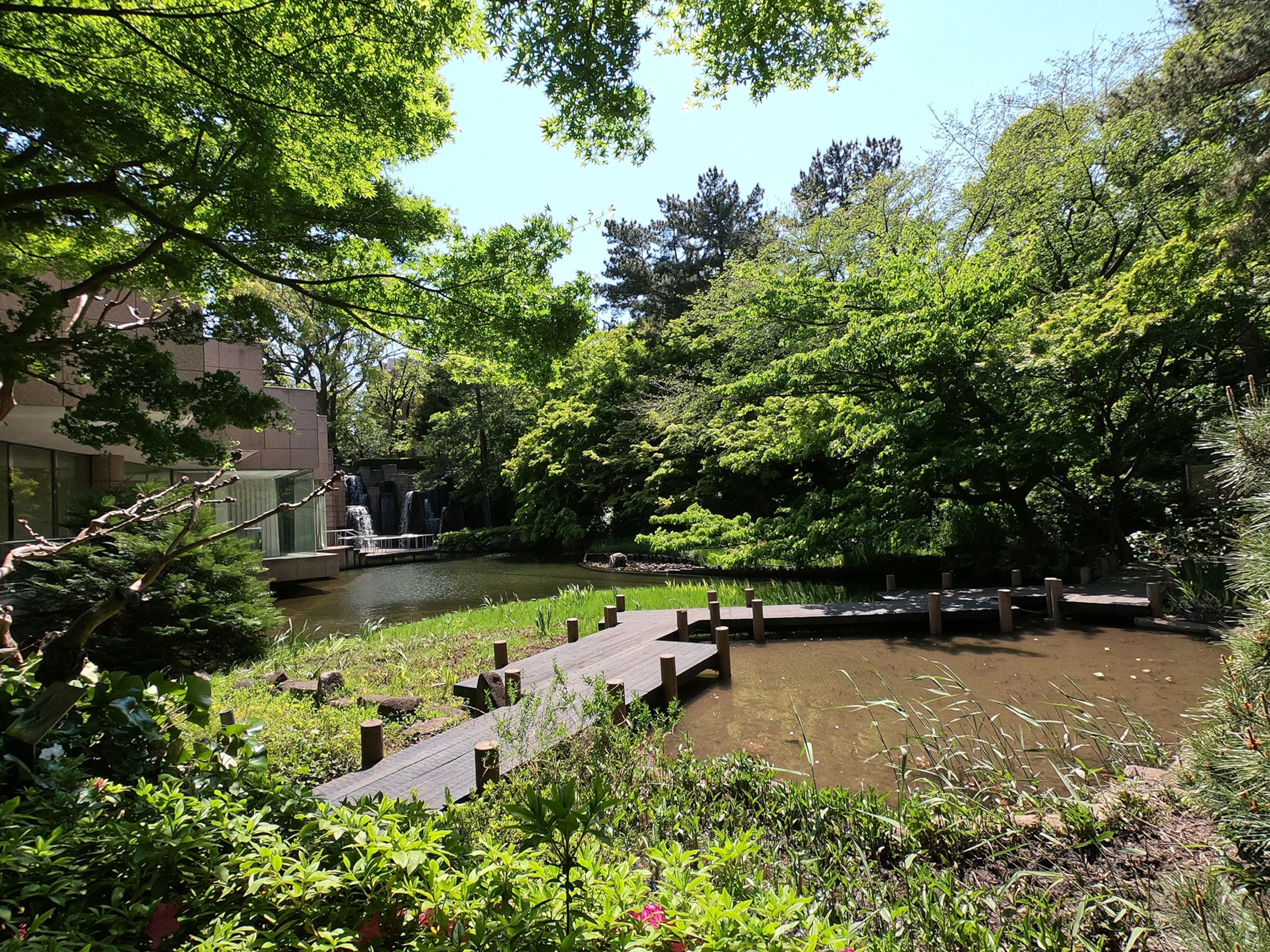
At the time, the neighborhood (in today’s Shinagawa ward) was developing as an important rest stop along the ancient Tokaido trade route between the former imperial capital Kyoto and Edo (what came to be Tokyo). Whereas Shinagawa had become a bustling port, famous for boating and clam-digging at low-tide, Tokugawa shogun had availed of the new palace, called Shinagawa Goten, as a resting place, and for falconry. As a tribute to its regal past, the park was named Gotenyama, (“Mt. Goten”). Highlights include maple and gingko trees best seen during the autumn, rare (for Tokyo) white dandelion between March and May, and of course, cherry blossoms in early spring.
Although there’s no direct access through the hotel, Gotenyama Garden is right behind it. The garden is free to access, and has a nice modernist waterfall atop which one can sit on a rare Tokyo bench.
2. Designed by the Imperial Palace's landscaper
Closest metro station: Takanawadai
Teiji Kusuoka was a master gardener who made two lofty contributions to the Tokyo landscape. The first involved Kusuoka helping to create the new Imperial Palace gardens in the aftermath of World War II. Owing to his expertise, Kusuoka was then hired to plan and create a garden abutting a cluster of hotels close to Shinagawa Station. Inaugurated in 1971, the Japanese Garden, or sometimes the Prince Hotel Japanese Garden, is surrounded by four properties of the Prince Hotels & Resorts Group — Grand Prince Hotel Takanawa + the ryokan within Takanawa Hanakohro, The Prince Sakura Tower Tokyo, and the Grand Prince Hotel Shin Takanawa. Some guest rooms in each of the hotels offer garden views.
The garden is free to access, and all hotels have direct access to it. History enthusiasts will appreciate that this Japanese garden isn’t merely known for its 17 varieties of cherry trees, 16 types of seasonal flowers, and central pond where strollers can feed the koi, or carp. There’s a pagoda dedicated to Kannon, the Japanese Buddhist goddess of mercy, which possibly dates back as far as the mid-12th century. Additionally, a 17th century bell tower from the bygone capital of Nara, and a temple gate with Edo-era stone lanterns also augment the pleasant stroll through an otherwise heavily urban neighborhood. As a bonus, when the weather cooperates, visit during the nighttime to appreciate the symmetry of the take-akari, or bamboo lights, which add an ethereal touch to the walkways.
(Related: Everything you should know before visiting Japan)
3. This garden is renowned for its camellias
Closest metro station: Edogawabashi
As far back as the 14th century, the lush backyard of the contemporary Hotel Chinzanso Tokyo was called Tsubakiyama, or “Camellia Mountain.” It is no coincidence that the hotel’s Japanese name commemorates this history; the phrase translates as “villa on Mt. Camellia.”
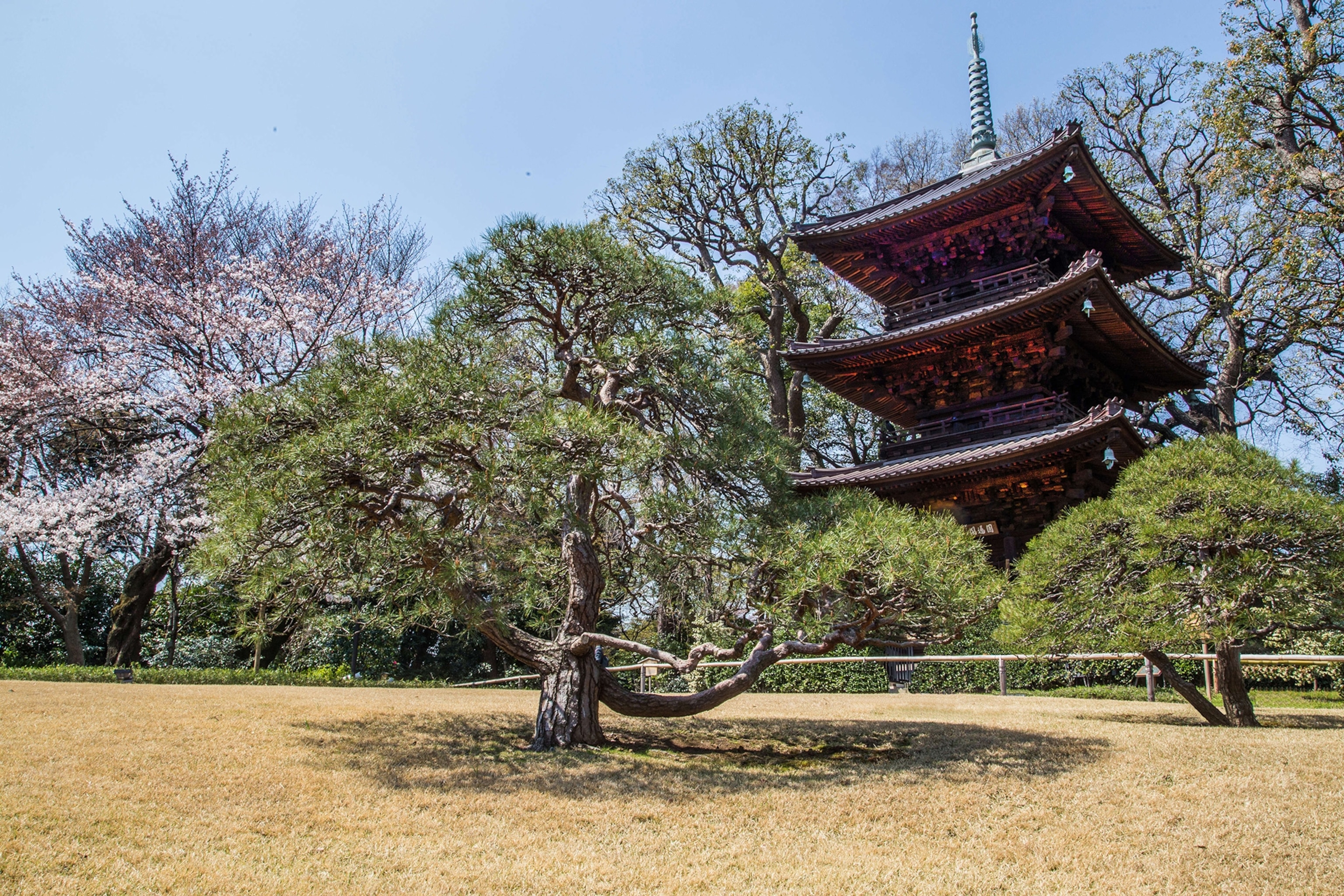
Occupying the site of the current Hotel Chinzanso, the original villa retreat was built in the early Edo period. Then, in 1878, Aritomo Yamagata, future Japanese prime minister and patron of the arts, built the first formal garden on the grounds to accompany his mansion. After having witnessed widespread destruction during World War II, Eiichi Ogawa, a prominent businessman, planted more than 10,000 trees as an homage to Yamagata’s legacy. Chinzanso opened as a garden restaurant in 1952, and has been a highly sought-after wedding and photography venue since. A number of guest rooms also offer views of the garden.
Chinzanso Garden is free to access; one must enter through through hotel. Although there are 20 varieties of cherry trees, the camellia, the garden’s main event, typically bloom between February and April. Fun fact: to simulate unkai, or a sea of clouds, mist is periodically released in the garden, adding a mysterious feel to an already photogenic setting.
4. This garden was the backdrop for the Olympics
Closest metro station: Nagatacho
Starting with the rule of daimyo (feudal lord) Kato Kiyomasa in the late 16th century, a significant plot of trees had been present in the precinct of the modern Hotel New Otani Tokyo. Eventually, the plot was given to the influential Ii clan, who resided there until the end of the Edo era. After, the land was inherited by the Fushimi no Miya imperial kinfolk, who added pine and camphor trees into the mix.
Scuttling their plans to sell the property to foreigners after World War II, Yonetaro Otani, sumo wrestler-turned-hotelier, established residency there. At the request of the Japanese government, Otani devised the Hotel New Otani in 1964 — with the garden as its backdrop — to house Olympians for the city’s first Olympic games.
(Related: 10 of the best hotels in Tokyo)
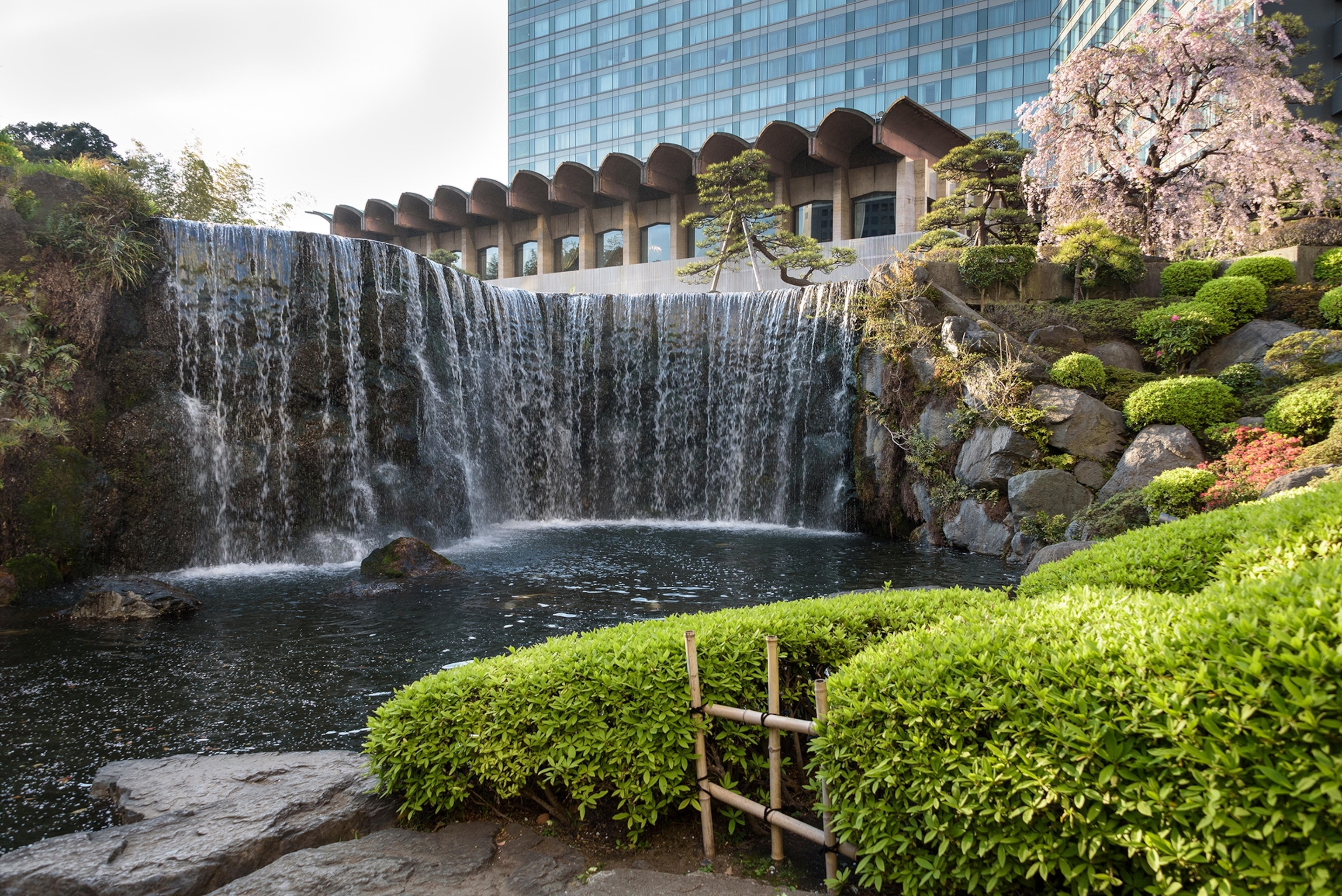
The Hotel New Otani Japanese Garden is free to access, and entry is only through the hotel. It's an excellent place to spend a couple of hours, given its impressive karesansui (rock gardens), tree fossils, strikingly vermillion Taiko Bridge, active koi pond, and vast waterfall that spans much of the park. Two of the garden’s oldest living occupants are a Japanese nutmeg tree, and a Yew Plum pine; it is said that they both date to the late 18th century.
The wabisabi (an aesthetic concept based on imperfection and impermanence) gets punctuated by seasonal nighttime lighting themes; for example, expect orange, red, and yellow colors during the fall, while white and pink signify early spring.
5. This hotel has a hidden apiary on its roof
Closest metro station: Suidobashi
Although the more formal word for garden in Japanese is teien, another way to describe them is niwa. Employing the latter in both phrase and variety, the eponymous Hotel Niwa Tokyo is one of the newer properties on this list, having only opened in May 2009. In spite of being just a few minutes’ walk from Tokyo Dome City, a theme park, shopping, and stadium complex, Hotel Niwa Tokyo has four different types of small gardens that guests can enjoy. The courtyard, replete with a babbling brook and a small grove, greets all visitors outside of the entrance. The Zen terrace highlights karesansui, better known as a rock garden, and the lounge terrace offers lots of natural light, and a place to sip freshly brewed matcha or coffee. Finally, the rooftop terrace is best known as a hot spot for yoga and meditation.
Visitors are excited to learn that there’s an actual secret garden at the top of the hotel. Once warmer weather arrives, expect to try herbs and vegetables grown on-site, as well as some outstanding honey produced by bees living in the apiary.
To fully appreciate each of Hotel Niwa’s gardens, one must be a guest. However, anyone can partake in the outdoor lobby-level garden and waterway leading to Yukuri, the property’s Japanese restaurant.
(Related: A culinary guide to Tokyo)


